Palladio from the sanctuary of Minerva, Lavinium I Courtesy Parco Archeologico del Colosseo
From today, Thursday 15 December, until next 10 April, an exhibition recounts the adventure of the Trojan hero at the Temple of Romulus in the Roman Forum, in the Colosseum Archaeological Park. Twenty-four precious finds – statues, paintings, ceramics of great value – from museums all over Italy reconstruct the myth sung by Virgil, focusing on the characters and stories most loved by artists and the public in antiquity. The itinerary begins with the representation of the protagonist, Aeneas, incarnation of the virtues of the Roman tradition – loyalty, a sense of belonging, respect for the family, for the State and for the gods – and today the emblem of the encounter between different cultures and hope in the future.
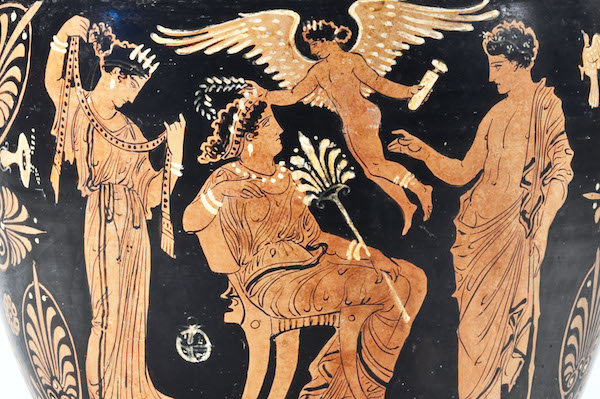
Apulian red-figure krater. National Museum of Palazzo Jatta, Ruvo di Puglia
Each object tells a story. An authentic masterpiece of ancient ceramics, the monumental Apulian red-figure krater by MANN shows the death of Prince Hector, the final act of the Trojan War, as in a film, and the destruction of his body perpetrated by the Greek Achilles, who ties him to a chariot and drags him into the dust.
A vase linked to the female world and to marriage rituals – the lebete – found in Puglia, instead portrays the background to the war: after the infamous rape, the beautiful Helen of Sparta prepares to marry Prince Paris, who awaits her naked, wearing only the typical Trojan headdress.
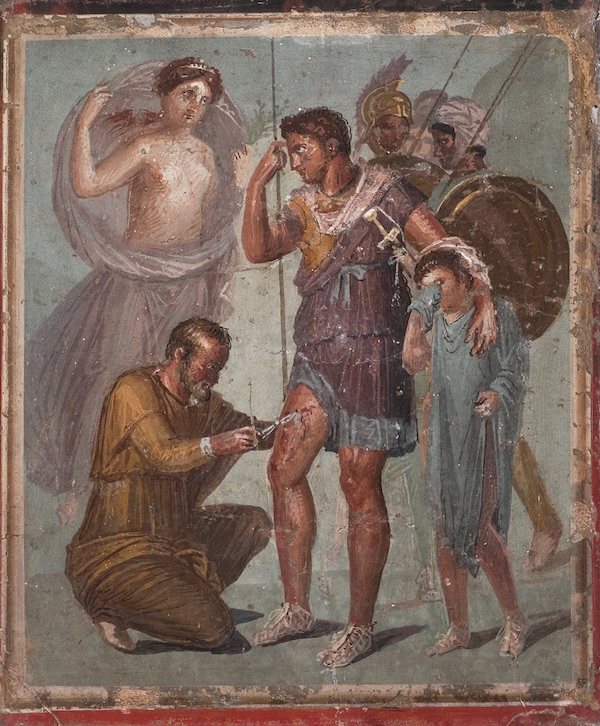
Fresco depicting wounded Aeneas, National Archaeological Museum of Naples
The story continues with two frescoes found in Pompeii. The first depicts Aeneas wounded in the leg and treated by a doctor, in the presence of his mother Venus and his little son Ascanio. We are already in Lazio and, as Virgil tells us, the hero was hit by an arrow during the battle against the Rutulians. The second fresco offers a rare image of the Trojan horse entering the city: only thanks to the cunning of Ulysses, after ten years of siege, the Greeks were able to prevail over their enemies. 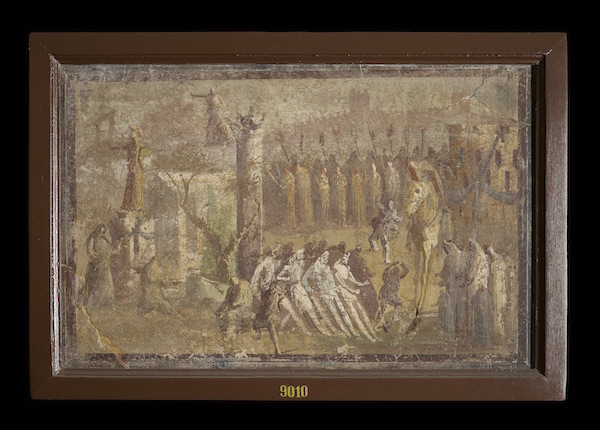
Fresco depicting the wooden horse being transported within the walls of Troy. National Archaeological Museum of Naples
Exceptional, yet little known to the general public, are the terracotta statues from the sanctuary of Minerva in Lavinium, the city founded by Aeneas who, after landing on the Lazio coast, had married Lavinia, daughter of the Latin king. Exploration of the site has revealed archaeological evidence which seems to confirm the story of the ancient writers: the sanctuary of the Thirteen Altars (VI-IV century BC), common place of worship of the Latin people; the large tumulus which was probably the symbolic tomb of Aeneas, a deified hero; finally a sanctuary dedicated to Minerva, a Minerva Iliaca linked to the Trojan legend, warrior goddess, but also protector of marriage and the family.
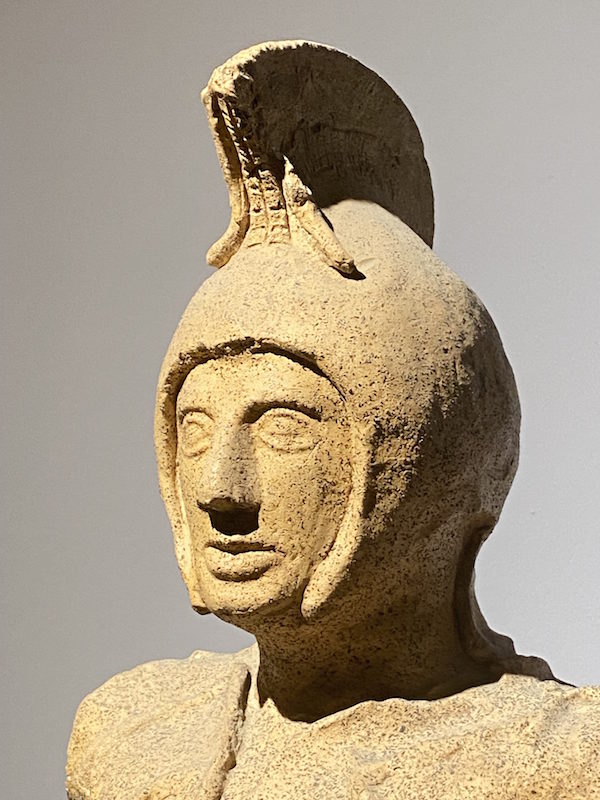
Palladio from the sanctuary of Minerva, Lavinium (detail) I Courtesy Parco Archeologico del Colosseo
Themed guided tours will expand the itinerary of the exhibition from December to March. Strolling through the vestiges of ancient Rome, spectators will be able to retrace the route taken by Aeneas and his ally Evander in Virgil’s poem: from the Forum Boarium to the Carmentale Gate, from the Lupercale to the Argiletum wood and the Campidoglio and then, through the valley of the future Roman Forum, to the village on the Palatine where the house of Romulus and, centuries later, the residence of Augustus will be built: an opportunity to relive the remote and mythical history of the origins of the city of Rome.
Edited by Alfonsina Russo, director of the Colosseum Archaeological Park, Roberta Alteri, Nicoletta Cassieri, Daniele Fortuna and Sandra Gatti, The journey of Aeneas. From Troy to Rome it was created by the Colosseum Archaeological Park with the collaboration of the Rotta di Enea association.
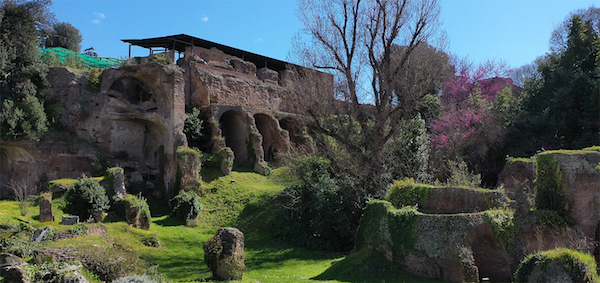
The slopes of the Palatine I Courtesy Parco Archeologico del Colosseo
Read also:
• Ulysses and the others. The Roman National Museum reveals its hidden treasures

